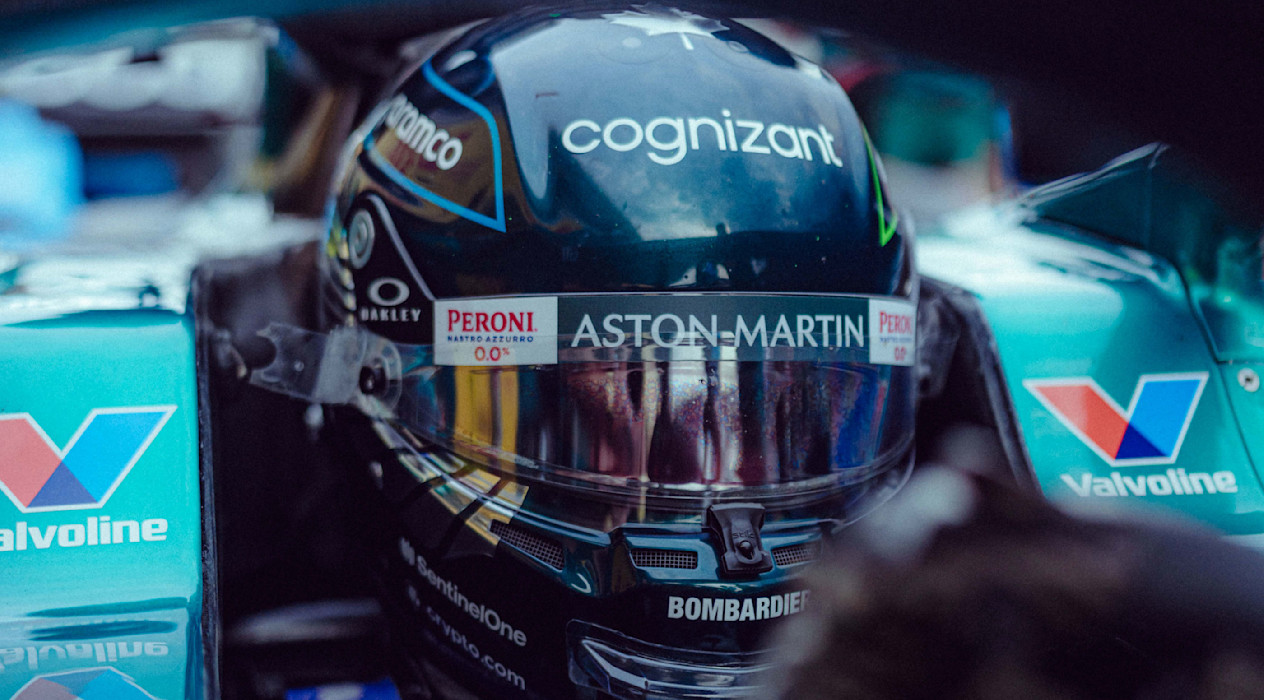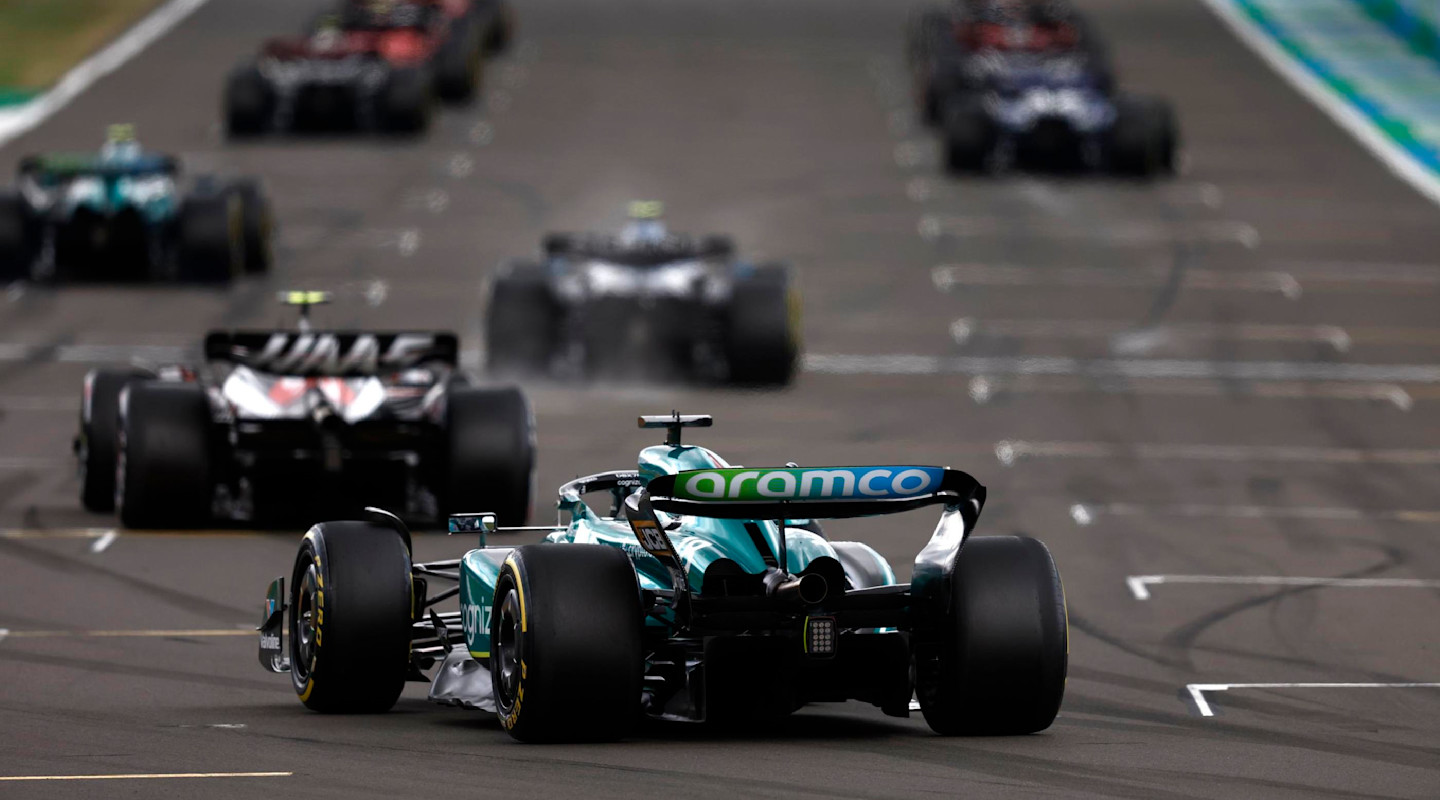
The silence before the start of a Grand Prix is palpable. After much fanfare, the grid lines up, and heartbeats rise to a crescendo. Five lights turn on, and five lights go out – then comes the roar of the cars as they scream through the opening corners...
However, the starting procedure hasn't always been like this. Together with our Official Trading Partner AvaTrade, we look at the intricate regulations behind Formula One race starts.
The pinnacle of motorsport comes with its complexities. Teams do everything to harness engineering brilliance and find the winning formula within a complex set of regulations set out by the sport’s the governing body, the FIA.
Whether you're a seasoned Formula One fan or completely new to the sport, we've teamed up with our Official Trading Partner AvaTrade to help you make sense of Formula One's rules and regulations and discover the history behind the motorsport we compete in today. As the season resumes in Zandvoort after the summer shutdown, we look at what it takes to start a race.

A bright idea
In the modern era, we're accustomed to seeing a row of lights turn on and then extinguish to signal that start of a Grand Prix, but things were very different for the start of the very first Formula One World Championship Grand Prix. The first race of the new championship, at Silverstone in 1950, was signalled by the waving of the British flag.
The 1975 British Grand Prix saw the national flag replaced by a lights system for the first time in World Championship history – around 60 years after electric traffic lights were first used on the road. This was done to aid visibility and for the safety of the person waving the flag. The light would glow for a few seconds and a green one would then appear. If there was an incident on the grid, the light would stay red or in some cases shine yellow to indicate a caution – in the same vein as the yellow flag.
The tragic 1978 Italian Grand Prix, in which Super Swede Ronnie Peterson lost his life in a crash at the start, prompted a rethink: the green light had come on before the cars had come to a stop in their allocated grid slots, which meant that the back of the field caught the front very quickly and triggered a crash on the run into the opening chicane.
The following year, the FIA appointed a permanent race starter to make sure that race starts could be conducted consistently and safely, and this role has existed ever since 1979.
The starting lights procedure hit a snag at the 1984 Austrian Grand Prix – one of the more bemusing red flag moments in Formula One history – when a medley of red, green, yellow and red lights were shown, and confusion followed. The race was red flagged to restart the procedure properly.

Lights out, and away we go
With a view to improving safety, the FIA changed the system once again in 1996, beginning with the season-opening Australian Grand Prix, when the light gantry was brought in. This system has remained in place ever since.
When every car lines up on the grid, the five-second signal is given by illuminating one of five sets of red lights. For the following four seconds, each set of lights is illuminated until the five-second period finishes.
Then comes that brief moment of silence when anticipation reaches its peak: when it's time for the drivers to go, all the lights are extinguished.
The system is not automated. In fact, there's a human being at the controls to give the starting signal. This person is the FIA's permanent starter: Christian Bryll.
Once he gets the signal – a waving green flag – from a marshal to say that all the cars have lined up on the grid after the formation lap, Christian presses a button to give the five-second signal.
And then, it's just a matter of pressing the start button again to extinguish all the lights and get the race underway.
Learn more with AvaTrade
In the same way that a racing driver can constantly learn and improve using data, AvaTrade encourages traders to hone and refine their own skills – courses are created by experts, free to access, tightly focused and comprehensive.
You can discover more about our partnership with AvaTrade and access a suite of free educational resources designed to help you enhance your trading skills.

AVATRADE EXPLAINS THE F1 RULEBOOK
I / AM membership
The ultimate fan experience.
Get closer to the team with unparalleled access, behind-the-scenes insights and once-in-a-lifetime experiences, and enjoy exclusive competitions, rewards, offers and more.








































